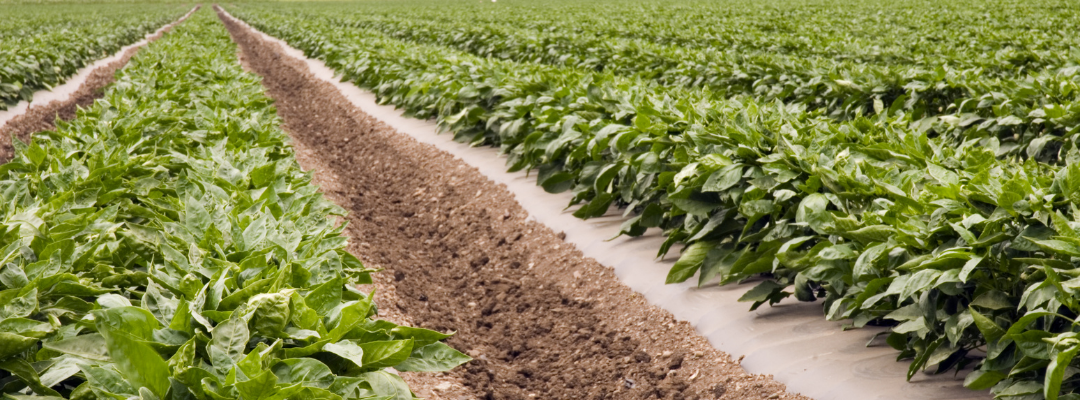So far, 2022 has been a stressful weather year with large portions of the country suffering from first severe cold and then severe drought. Spring storms and tornados have destroyed farm equipment, buildings, and fence lines. Weather risk is something all producers think about and should manage in some way. This could mean diversification of crops, adoption of production practices to mitigate the impacts of extreme weather, and participation in crop insurance.
Weather risk management is more critical than ever. The number of extreme weather events has increased since the turn of the century. Between 1980 and 2019, states in the southern climate region (AR, KS, LA, MS, OK and TX) were affected by 182 weather-related disasters with multi-state impacts totaling $660B (NOAA). The average number of events per year increased to 6.6 disasters per year from 2000 to 2019 compared to 2.6 disasters per year from 1980 to 1999. These types of extreme weather events affect households and agricultural producers years into the future.
Ad hoc disaster assistance has been reported by USDA-Economic Research Service since 1998. From 2000 to 2019, ad hoc disaster programs resulted in $46B in payments to agricultural producers and averaged $2B per year. Ad hoc payments were about 15% of the total direct payments to producers on average but varied widely by year. Nationally, these programs have addressed damages due to hurricanes, drought, extreme heat and cold, flooding, blizzards, and severe weather. Programs include
- Crop Insurance
- Noninsured Crop Disaster Assistance Program
- Tree Assistance Program
- Livestock Indemnity Program
- Emergency Assistance for Livestock, Honeybees and Farm-Raised Fish
- Livestock Forage Program
- Emergency Conservation Program
In September 2021, as part of the continuing resolution to fund the Federal government, Congress provided an additional $10 billion in disaster assistance for crop and livestock producers. In response, USDA launched a new Emergency Livestock Relief Program and Emergency Relief Program for producers affected by qualifying weather disasters in 2020 (ERP) and 2021 (ELRP and ERP). Like the recent Wildfire and Hurricane Indemnity Program-Plus (WHIP+), ERP is tied to risk management decisions. Row crop producers eligible for a Phase I ERP must have participated in crop insurance and received an indemnity in a qualifying event on their crop. Payment factors are tied to the level of coverage producers participated in, like WHIP+, as shown in the table. It is also tied to future risk management. To receive the Phase I ERP payment producers will also agree to purchase crop insurance for the next two crop years. Producers who participated in NAP will be addressed in additional phases of the ERP but no details are available at this time. As we draw closer to the 2023 Farm Bill discussions, these ad hoc disaster programs and the increased tie between risk management and program payments may be a point of further discussion.
| Coverage Level | WHIP+ Factor | ERP Factor |
| Uninsured | 70% | Not included at this time |
| Catastrophic | 75% | 75% |
| NAP Basic | 75% | 75% |
| NAP 50 | 75% | 80% |
| NAP 55 | 75% | 85% |
| NAP 60 | NA | 90% |
| NAP 65 | NA | 95% |
| 50% – <55% | 77.5% | 80% |
| 55% – <60% | 80% | 82.5% |
| 60% – <65% | 82.5% | 85% |
| 65% – <70% | 85% | 87.5% |
| 70% – <75% | 87.5% | 90% |
| 75% – <80% | 92.5% | 92.5% |
| > = 80% | 95% | 95% |
| Supplemental Coverage Option | 95% | Not included at this time |
Source: USDA FSA www.farmers.gov
Hagerman, Amy. “USDA Launches New Disaster Program for 2020 and 2021 Crop Years“. Southern Ag Today 2(22.4). May 26, 2022. Permalink

